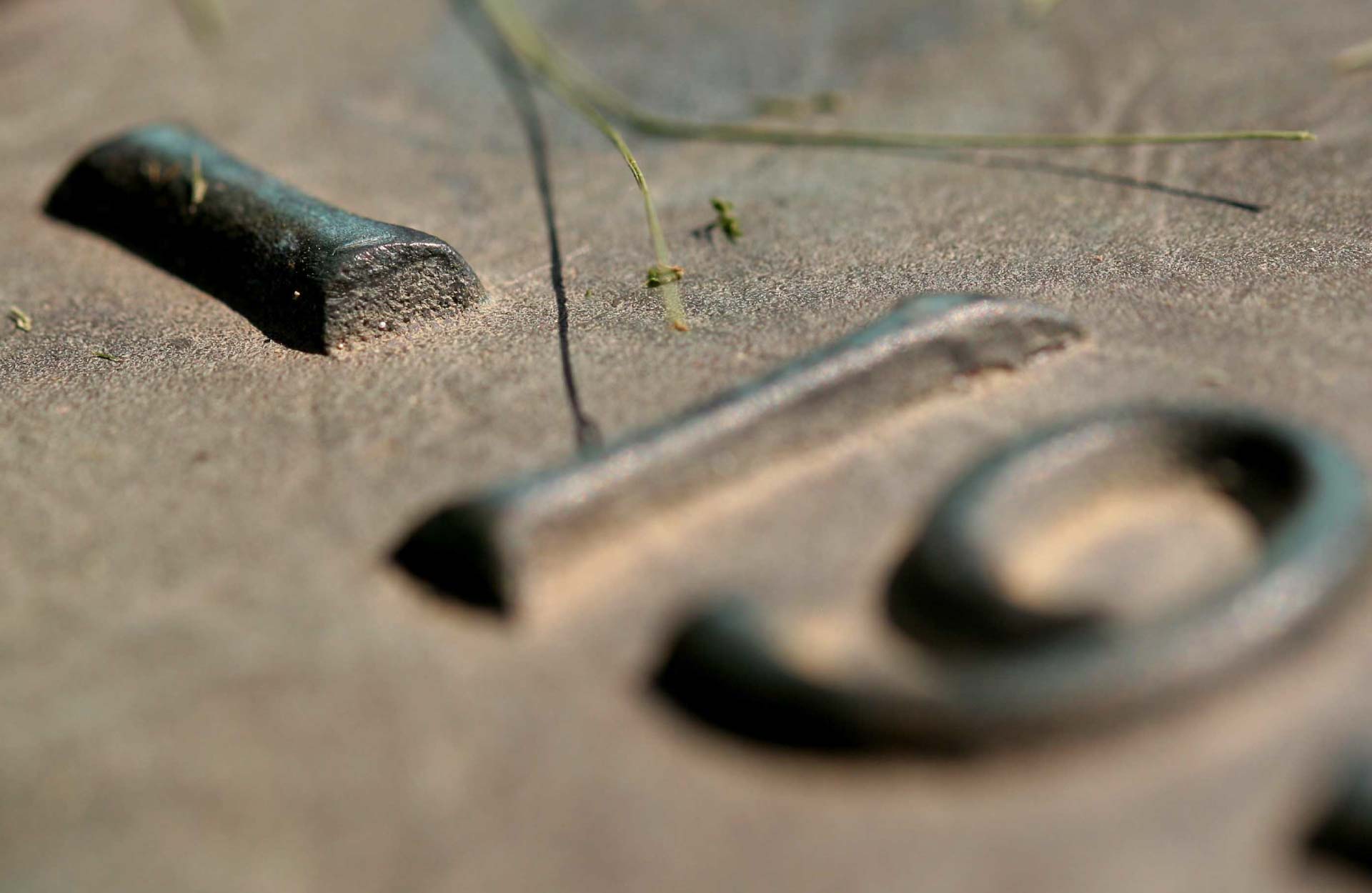FIRST IN A SERIES ON GREEN(ER) CHOICES
History
Nearly everyone in the U.S. and Canada has attended a funeral where the deceased has been embalmed, yet few of us know why embalming is practiced.
In the U.S., embalming gained ground during the Civil War. Dead soldiers were often embalmed right on the battlefield to keep their bodies from decomposing on the long train ride home to their families. Bodies were collected at the destination train depot and transported home by livery drivers. Enterprising local furniture makers began building coffins for sale to the grieving families. Together, these two trades combined to create the field of undertaking.
Over time, undertaking became a common practice in more populated areas. Undertakers promoted themselves as guardians of public health by promulgating the notion that dead bodies were a health hazard, requiring highly specialized handling. Undertakers created a narrative that it was unsafe to touch a dead body, that the body must be embalmed for public safety, and that it was illegal for families to care for their own beloved dead at home.
By the 1990s, exorbitant funeral costs and a growing awareness of the environmental damage associated with embalming created a renewed interest in family-directed end-of-life care. The age-old practice of death midwifery resurfaced and began to flourish again throughout the U.S. and Canada.
Facts & Concerns
Embalming facts from the Funeral Consumers Alliance:
- Embalming is rarely required by law.
- Embalming provides no public health benefit.
- Embalming does not preserve the body indefinitely; rather, it slows the rate of decomposition.
- Embalming is a violent, physically invasive process.
- Embalming chemicals are highly toxic, eventually ending up in our ground water.
- Embalming has no roots in Christian religion and is common only in the U.S. and Canada.
- Embalming can increase the cost of a funeral by $3,000 or more.
It is important to remember that embalming became “the norm” because the funeral industry promoted it for commercial purposes. Most funeral directors will refuse to allow the public viewing of a body without embalming and “cosmetic restoration.” Mortuary school continues to teach that “Embalming…is the basis for the sale of profitable merchandise,” and “the reason for much of our professional education and our protective legislation.”
Irony: OSHA requires embalmers to wear full-body protective clothing and a respirator while embalming, while the waste from embalming is flushed directly into the common sewer system.
Embalming may currently be “the norm” for most, but it doesn’t have to be. Do your research, ask clarifying questions, truly understand the “how” of the embalming practice, and then make informed decisions about your body disposition.
How do you feel about embalming? Are you concerned about its environmental impact? Are you curious about what can be done instead of embalming? Let’s discuss!
Sources
Source: Funeral Consumers Alliance




[…] Previous Next […]
[…] Can you see it as a viable alternative to the much greater carbon footprint of cremation or embalming? Let’s […]
[…] the body is interred directly into the earth, in a biodegradable shroud or casket, and without chemical embalming. The goal is to allow the complete decomposition of the body into the soil. More broadly speaking, […]